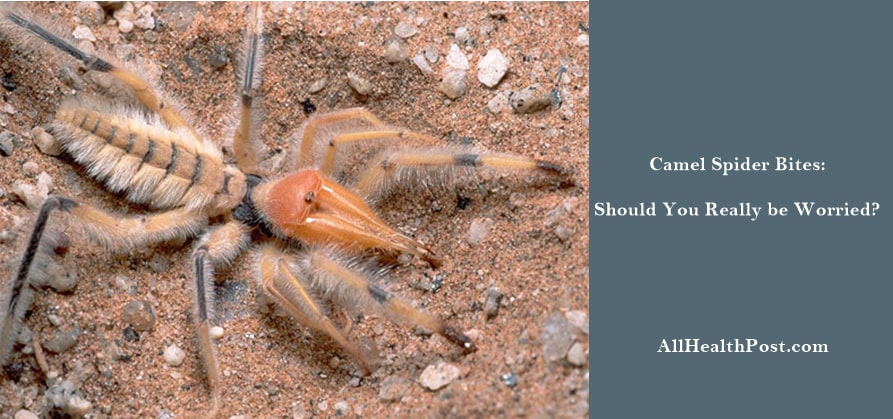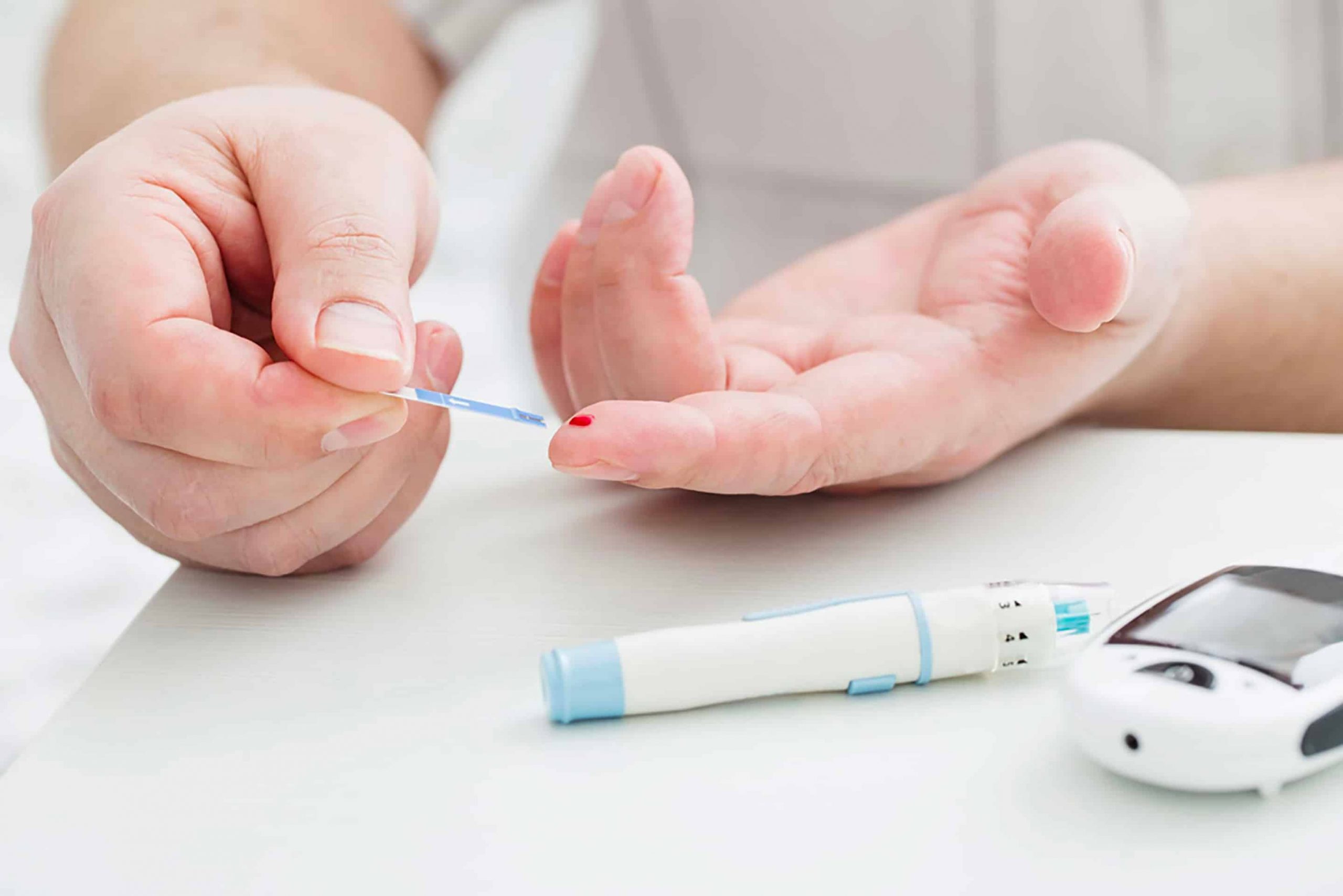Topics Covered
Introduction
Camel spiders became famous only when the United States invaded Iraq in 2003 that is exactly when they became an internet sensation. These spiders have eight legs like any other but it seems like they have ten because of the two extra leg-like appendages, known as pedipalps which is also their sensory organ. These spiders can measure up to 15cms in length and 56gms in weight. They are more commonly found in the deserts of Middle East but are also found in the South-western United States and Mexico. Camel spiders are carnivores and primarily nocturnal creatures. These spiders prey on bugs, rodents, lizards etc.

What is a Camel Spider?
Camel spider belongs to Arachnidan class, along with other spiders and scorpions. They normally feed on other insects, centipedes, and rodents and they are definitely not a threat to humans. They can only crawl and climb walls and trees like any other spider. They have a lifespan of less than twelve months and are nocturnal, which is why, they always stay in dark places during the daytime; they even dig into the soil to escape from the sunlight during daytime. They have poor eyesight which is why they use vibrations for catching their prey. Appearing light grayish or brown in color, the camel spiders also have a pair of claws which is the most important part of them that they use for attacking enemies and catching prey. The camel spiders are also known as Solifugae because they flee from the sun. With the help of their jaws, these spiders crush their prey and chew them after secreting digestive juices to turn their prey into a pulp for consumption.
Do Camel Spiders Really Bite Humans?
These spiders do not attack humans until they feel scared which is when they attempt to bite humans. Walking barefoot into the woods during night time could increase chances of getting bitten by one, if you accidentally hurt them. When camel spiders bite, they tear open the upper layer of the epidermis with their sharp claws which leads to infection. Their digestive enzymes that convert the solid flesh into a pulp can infect the skin if by any chance the enzymes come in contact with human flesh.
Although they have a really frightening appearance, they are not much of a threat to the humans. They do not inject any venom into the skin when they bite as they do not have any, but intense pain will be experienced around the area when bitten. Leaving the bitten area untreated for a long period of time can lead to infection and severe other health issues. Keeping your home free from insects like bugs and other primary food of the camel spider can help in preventing yourself from getting bitten by one.
Is Camel Spider Bite Dangerous?
Camel spiders have many myths related to them like they can grow into almost half the size of a human and there are many rumors about a camel spider bite. There are myths stating that camel spiders are attracted towards human flesh and use their venom to numb the humans while they prey on their flesh. These are not true as the camel spider is not venomous. It has large and sharp jaws which are used when they bite. Getting bitten by their large jaws makes it very painful and the area can swell up after it bites the person. They are more likely to get near a human because of the shade during the daytime as they tend to flee from the sunlight.
Symptoms of Camel Spider Bite
The most common and primary symptom any human would notice after getting bitten by a camel spider is intense pain. But there is nothing to be anxious about it because they are not venomous. Their bite is not life-risking, but needs treatment as soon as possible.
- The person who has been bitten by the spider will feel quite some pain around the area where they have got bitten by the spider. The intense pain will be followed by a sharp pain suddenly if it is a bite from the camel spider. The fact that these spiders use their jaws to tear open the skin causes the intense pain in the affected area.
- Skin inflammation can be experienced when bitten by a camel spider. The immune system of the person’s body can get triggered that tends to increase the blood flow to the area of the bite. Swelling can be experienced due to the sudden flow of blood and other bodily fluids to the affected area. Inflammation is caused by the tearing up of the tissues around the area of the bite which can increase pain.
- One can even get allergic reactions like itching, rashes, redness on the skin and irritation when they get bitten by a camel spider. If the person gets tensed because of the bite, they might feel sicker, intense fear and anxiety which could make the symptoms look more severe.
- Depending upon the size of the wound, the area in which the camel spider has bitten will start oozing out blood. Bleeding can be moderate or mild, depending upon the nature of the wound.
How Long Do the Symptoms Last?
The signs and symptoms of a camel spider bite can start showing up right after the person gets bitten. There is the risk of potential infection from the wounded area, which is why the wound needs to be treated. If left untreated the wound will get infected when it comes in contact with bacteria and other micro-organisms. The location of the bite, the size of the spider, the health condition of the person, allergic reactions, etc. are the factors that are taken into consideration for determining how long the symptoms of the bite will last. Usually these bites can be cured completely within a few weeks, if there are no other complications. More treatment might be required for treating the affected area if there are severe symptoms and spread of infection is witnessed. Doctors might have to scrape out the area of the bite, followed by suggesting antibiotics and more until fully healed.
Diagnosing Camel Spider Bites
First of all, you need to identify if the wound that you have is actually from a camel spider’s bite. Different marks which can distinguish a camel spider bite from others can help to understand this point. The camel spider bite can be distinguished as the size of their large claws used for tearing the skin open can be seen on the affected area of the wound. Once you are sure that the wound is from a camel spider bite, you must begin with the treatment immediately for best results.
How to Treat a Camel Spider Bite?
To treat a camel spider bite, you must stay calm and relaxed because the bite is not fatal and does not require an emergency treatment. Get medical help even if you are not sure of what has bitten you. First-aid treatment like the following can be helpful:
- Wash the wounded area with saline water or a mild soap thoroughly to remove any bacteria on the affected area.
- Apply antiseptics on the wound. You can also apply antiseptic cream to prevent the spread and growth of bacteria on the wound which will prevent infection. Leave the wound open for some time after applying the antiseptics.
- Apply bandage or band-aid on the wound depending upon its size and depth. Change the bandages every day and check for any signs of infection around the area.
- When you notice any allergic reactions, you can take oral antihistamines until you can go and take medical help. If you run a fever after the bite, go for medical treatment immediately.
If a big spider bites you, your doctor might even suggest scraping off the skin layer after numbing the area with anesthesia followed by a course of antibiotics for the prevention of any further infection.
How to Prevent a Camel Spider Bite?
To prevent from a camel spider bite, the first thing you need to do is maintain a healthy and hygienic surrounding in your house. Camel spiders feed on smaller insects and centipedes, etc. So, make sure your house is clean and free of insects. Use sprays to repel insects from entering your house and clean the surroundings around your house regularly. Clean your furniture and cupboards free from termites. If you have a big garden or a lawn, use pesticides or repellents regularly to prevent breeding of the insects. If you travel to forests or woods often, use properly, covered clothes and insect-repellent creams. Also, if you travel to such places at night time, take proper lights with you.
Conclusion
Even after taking precautions, if you get bitten by a camel spider, do not panic. Stay relaxed and wash off the wounded area. Follow the above mentioned first-aid treatment methods to prevent the area from getting infected. With proper care and timely treatment, you can deal with this very easily. Camel spiders are not at all a threat to humans, thus there is nothing to worry about their non-venomous bites.
Posts You May Like:




